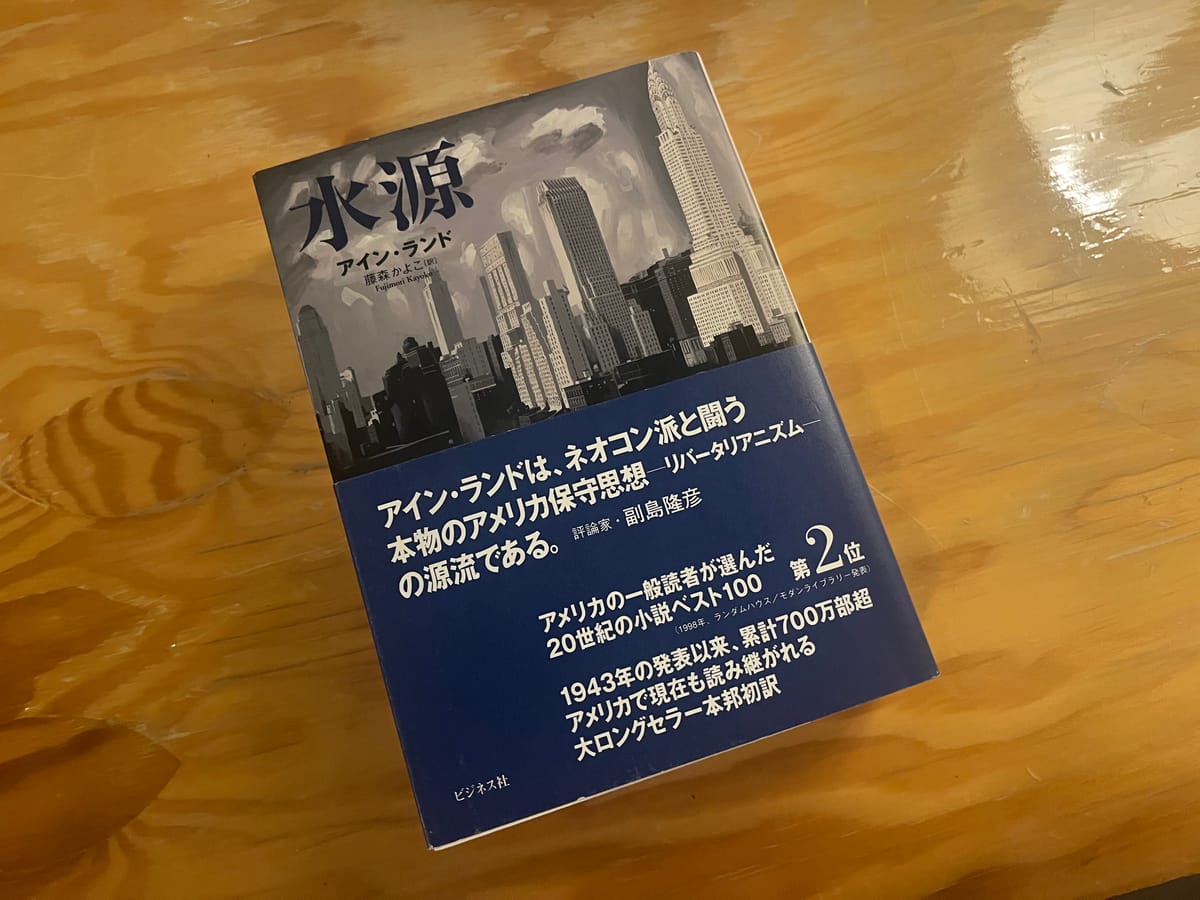What The Fountainhead Is Teaching Me About Art & Integrity
Howard Roark won’t budge. Peter Keating plays the game. And the clients? Just empty, egg-shaped flesh. I’m deep in The Fountainhead now.

Lately, I’ve been completely absorbed in reading The Fountainhead by Ayn Rand, a Russian-American novelist. The story is set in the architecture world of New York City.
I’m not even halfway through yet, but I’m already hooked—especially on the strange, push-and-pull friendship between the protagonist, Howard Roark, and his friend, Peter Keating. Roark is unwavering in his pursuit of what he believes is beauty—he won’t compromise, no matter how much money is thrown at him. Keating, on the other hand, is a master of appearances, carefully calculating every move based on what others might think of him. Watching how both of them navigate their careers in the architecture world has been fascinating.
Another thing I really enjoy is the way the book portrays so-called “knowledgeable” architecture clients. They’re often described as having no opinions of their own—saying things like, “This must be beautiful because that person says so,” or “This decoration is correct because that book says so.” Rand’s depiction of these people is absolutely ruthless—and hilarious! One line that cracked me up was: “Their faces were faces and yet not faces—just empty egg-shaped flesh.” So brutal, but so funny!
It’s a long novel, but once you start reading, it’s hard to stop!
